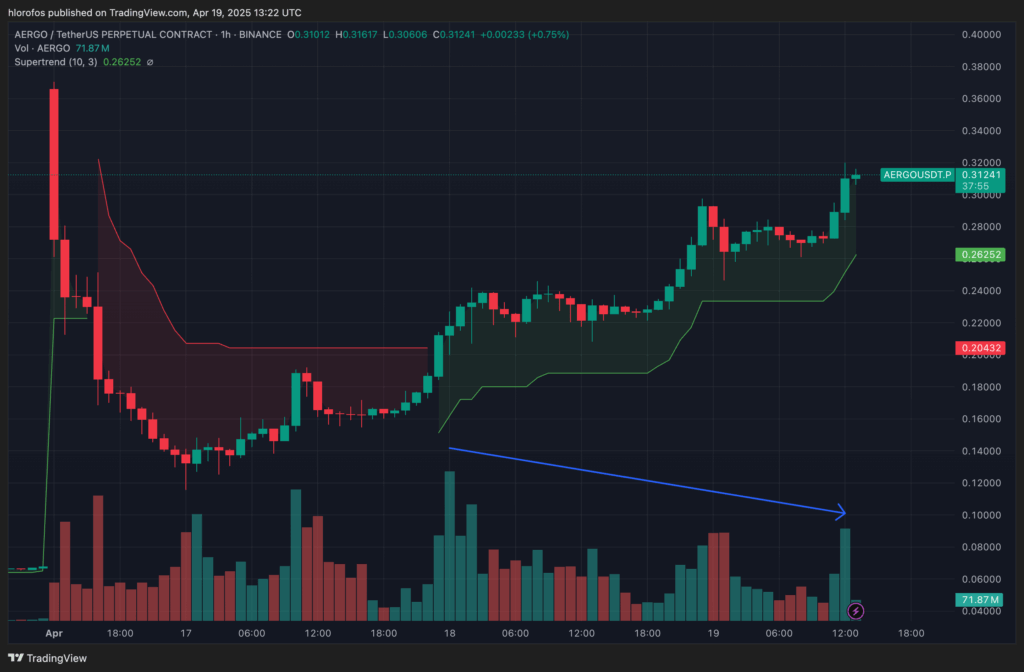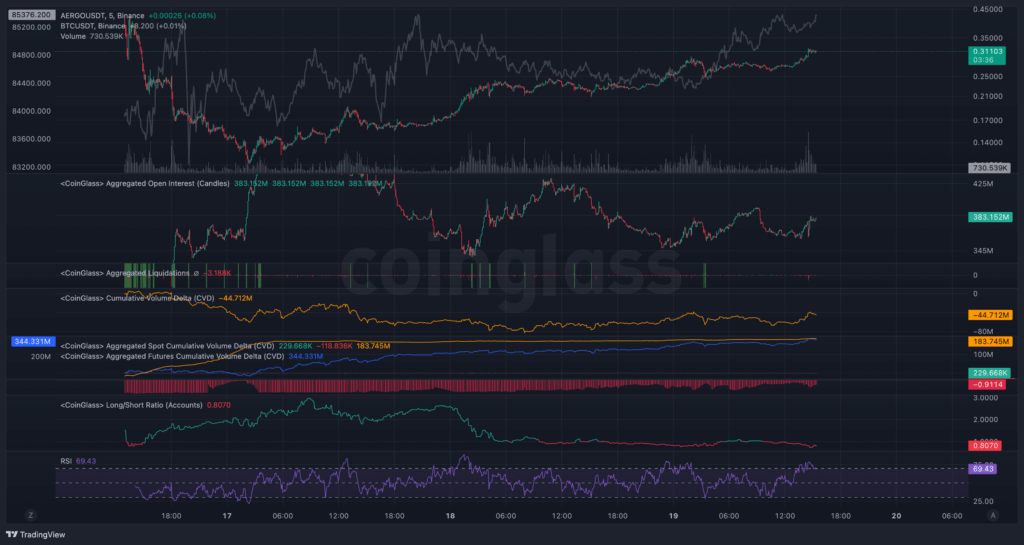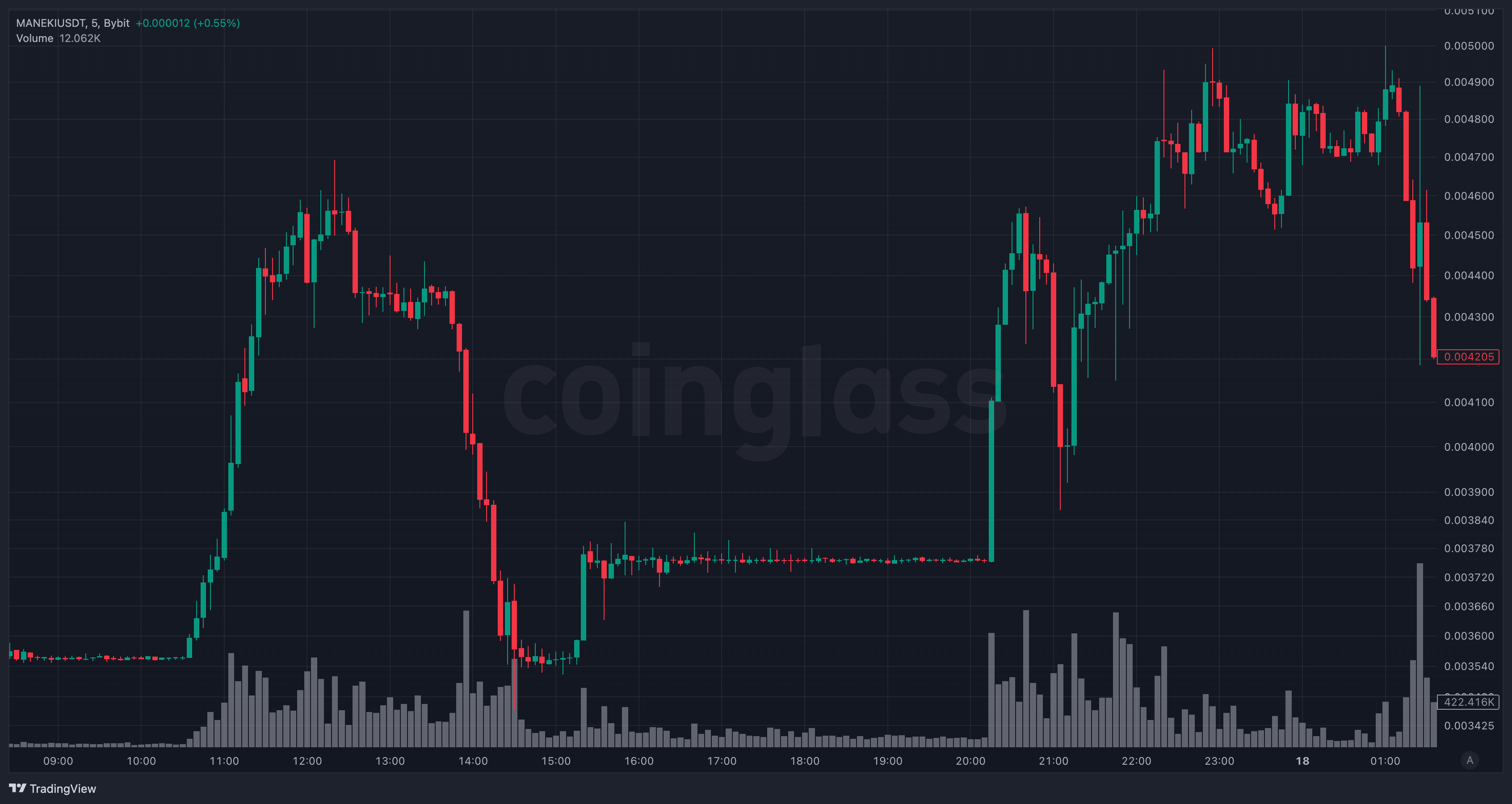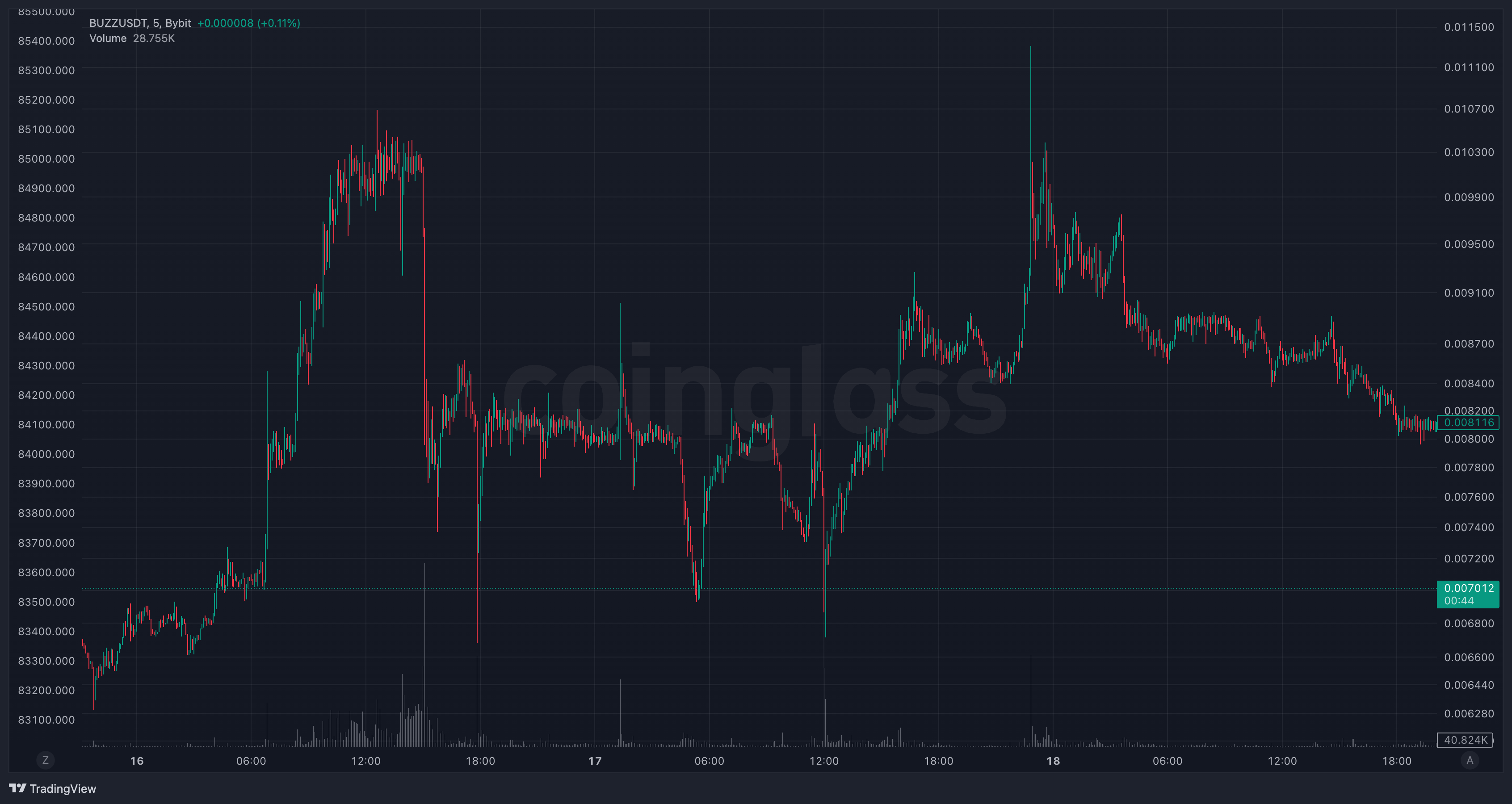Everything you need to know about futures vs. spot ticker names and denominations in crypto
🧠 TL;DR
- Ticker names like
BTC,BTC1000, orETHXEmpirevary between spot and futures markets. - Numbers (e.g.,
1000) usually denote contract denomination or multiplier. - Prefixes or suffixes can refer to leverage, platform branding, or product types.
- Always verify the contract specs before trading — a
BTC1000contract is not the same asBTC!
💱 Spot vs. Futures: The Basics
🪙 Spot Market
- You’re buying or selling the actual asset (e.g., BTC, ETH).
- Ticker symbols are straightforward:
BTC/USDT,ETH/USD, etc. - Price reflects real-time market demand.
📈 Futures Market
- You’re trading a derivative contract based on the future price of an asset.
- Contracts can be linear (USDT-settled) or inverse (coin-settled).
- Ticker names can get creative:
BTC1000USD,XETH,XEmpireBTC.
🔢 What Do Numbers Mean in Tickers Like BTC1000 or 1000CATS?
💡 Denomination Explained
BTC1000= Each contract represents 1/1000th of a BTCETH100= 1/100 of an ETH per contract1000CATS= A contract for 1000 units of CATS token, not 1.
🐱 Real Example: 1000CATS
You may see exotic altcoin tickers like:
1000CATSUSDT1000DOGE-PERP1000PEPEUSD
This doesn’t mean the token is worth 1000 — it means the contract is denominated in 1000 units.
Example:
IfCATS= $0.0023
Then1000CATS= $2.30 per contract
This approach helps normalize low-priced assets and makes the contract size meaningful for trading.
📘 Binance Futures Contract Multipliers
🧬 Decoding Branding in Tickers: X, XEmpire & Others
Some platforms or aggregators use custom ticker formats for various reasons:
| Prefix/Suffix | Meaning |
|---|---|
X |
Often denotes derivatives or synthetic assets |
Empire, XEmpire |
Can indicate a platform-specific product or custom index |
1000, 500, Mini, Micro |
Denomination or leverage scaling |
These custom tickers usually appear on data platforms, aggregators, or non-standard DEXs.
Example:
XEmpireBTCmight be a branded product from a DeFi project offering exotic BTC exposure.
⚠️ Watch Out: Ticker ≠ Always What You Think
Don’t confuse similar-looking tickers!
| Ticker | What It Actually Is |
|---|---|
BTC |
1 full Bitcoin on spot |
BTC1000 |
1/1000 BTC contract on futures |
1000CATS |
Contract size = 1000 CATS tokens |
BTC-PERP |
Perpetual contract, often USDT- or USD-margined |
XBTC |
Synthetic BTC, possibly backed by oracles/liquidity pools |
XEmpireBTC |
Platform-defined derivative, check specs carefully! |
🔗 Always read the contract specifications on your platform!
📘 Example: Bybit Contract Specs
🏁 Conclusion
Crypto ticker names can be confusing — especially with all the prefixes, multipliers, and branding involved in the futures market. But with a bit of understanding:
- You’ll avoid costly mistakes 🧨
- You’ll better manage your risk 🛡️
- And you’ll know exactly what you’re trading ⚙️



 Maneki/USDT, 15-minute timeframe.
Maneki/USDT, 15-minute timeframe.